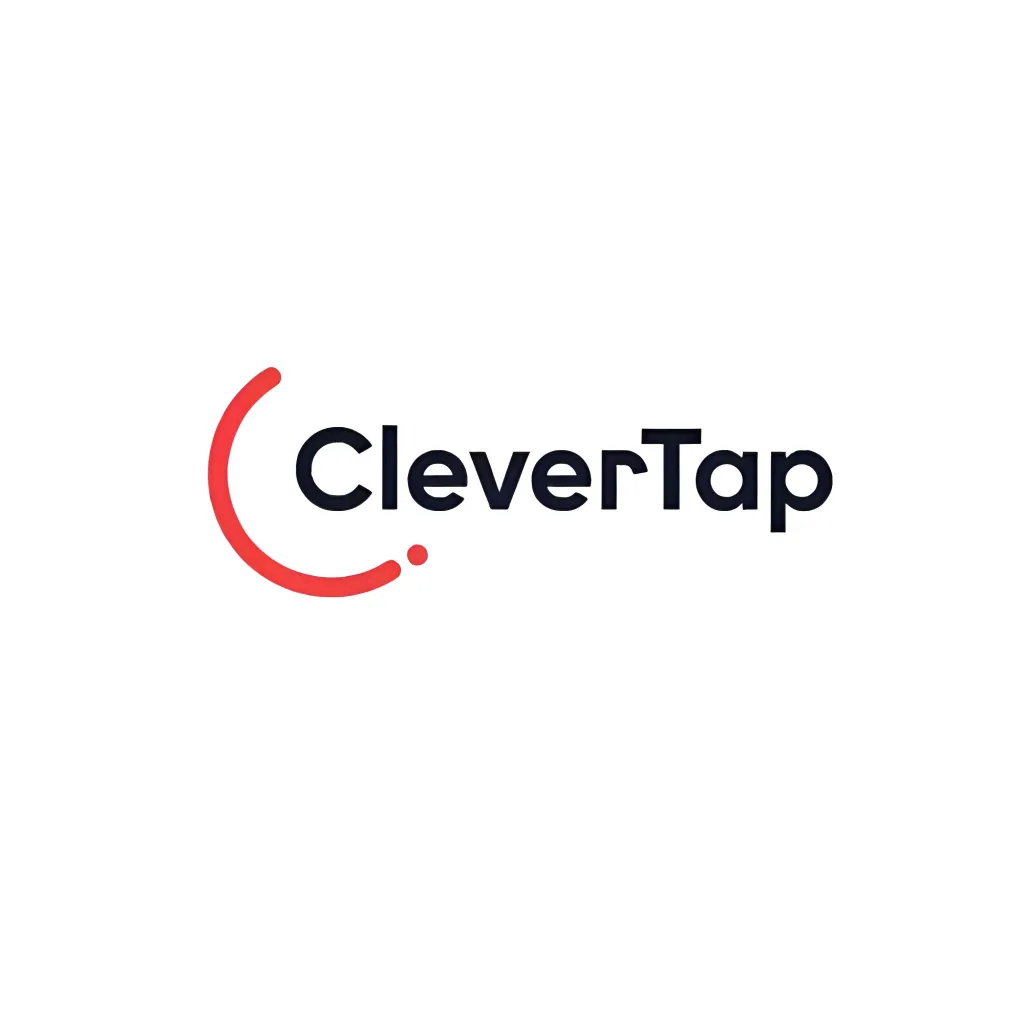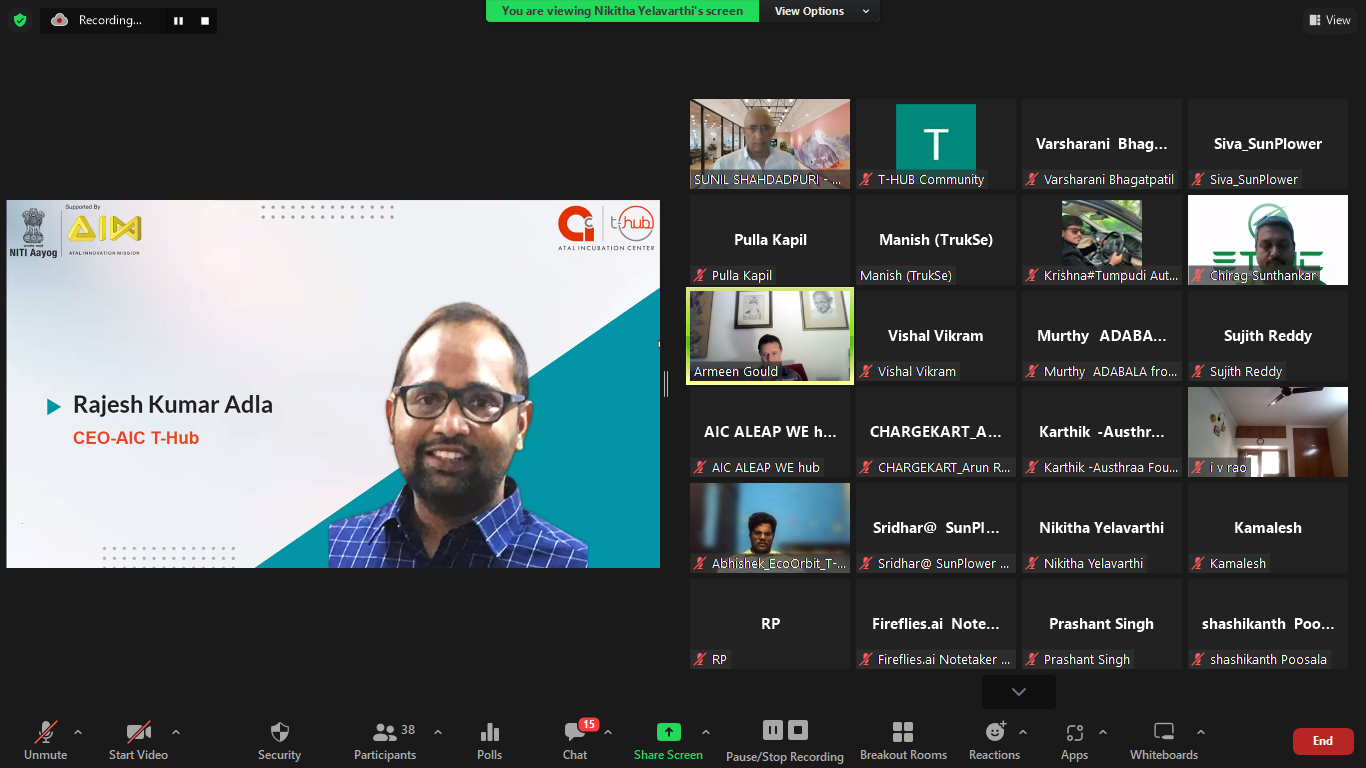In the last few years, humans have been generating terabytes of data of a magnitude never seen before. By 2025, daily generation will be in the exabytes, mostly from humans with IOT devices adding more. We have generated more data collectively in the last 10 years than we have since documented history.
All this may pique general interest, but from the point of view of business, unless this translates into a better understanding of the customer, the ability to better position a product or service to the customer or design a better product or service—just to mention a few use-cases for the data—all the data in the world is meaningless.
To further complicate things, there is an increasing need to understand data in real-time and do something about it. This is where the true power of big data and big data analytics comes in. There are several industries where the data being siphoned off the ecosystem can be or should be put to better use than just serving as something that helps better understand past customer behavior. This is where business intelligence (BI) generated from big data in real-time can come in handy.
So how can this work, you might wonder? Assume a customer has shown interest in your product or service in multiple ways—the customer has actively searched for it, visited a physical or online sales location, to name two situations, but for some reason has not committed to buying the product or service. Now assuming you have been able to track and harness the data about customer behavior, and if your data is organized so those insights about the customer behavior stand out, you are in luck. Once you can identify the customer even generally—not necessarily specifically—you should be able to push messages to the customer, such as offers for a discount or loyalty points or other enticements to make the sale.
But to be able to do this, you will need the customer to allow his or her interest in your product or service to be made available to you. Then you will have to connect the dots in the data. This usually happens by using a data lake strategy, since data lakes allow structured and unstructured data to be stored and processed, and also in real-time, so that you have visibility into the customer’s behavior.
But for the story to have a happy ending, you will need to connect what you know about the customer to what you can do to make the customer do what you want. For example, this means you will need to be aware of the customer’s location, and the nearest location where your product or service is available so that you can connect the two. Of course, it won’t hurt if you also have information into the customer’s buying habits such as preferred payment modes, affinity to days or times when purchases are made, and also other information such as what might best motivate the purchase, whether that would be a discount, bonus points, cash backs, discount coupons for future redemptions and the like. This may also require a large degree of sharing information within and outside the ecosystem such as with your stores or dealers, with other aggregators, e.g., social media platforms, credit card companies, and the like so that information gleaned from these sources could be combined with data that you already have and use it to get the customer or make the purchase.
To be successful, there will be a need to integrate internal and external data, while being considerate of privacy and data sharing requirements. It will also be important to ensure those insights from data are leveraged actively to recognize a customer and make an offer that cannot be resisted. With the increasing use of AI with big data, all this and more is possible because data can be sliced and diced to learn about ‘one’ customer and draw insights that can be generalized into patterns. These patterns can then be applied across a demographic so that lessons learned can be leveraged not just within the enterprise’s ecosystem but also shared with partners in the ecosystem, which can translate into a repeating spiral of success.
At the end of the day, this can translate into the following.
- Better recognition of the customer
- Ability to ‘tailor’ offers, products/services to the customer
- Ability to glean data about customer behavior as the behavior occurs
- Translate a better understanding of the customer into tangible action such as offering discounts or even simply reminding the customer of the availability of the product/service in the vicinity or that a specific product is available at a discount
- Draw patterns from the behavior of a set of customers into something nearing causality that can be applied to a wider audience
- Finally, be able to make tweaks in real-time so that as more data comes in, the customer is better identified which translates into a clear view of the customer
Hopefully, all this will give the business the much-needed edge that can be obtained from the real-time use of data translating into actionable business intelligence.






